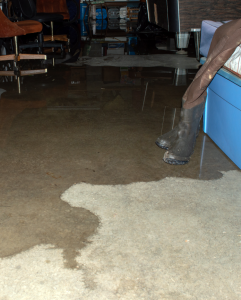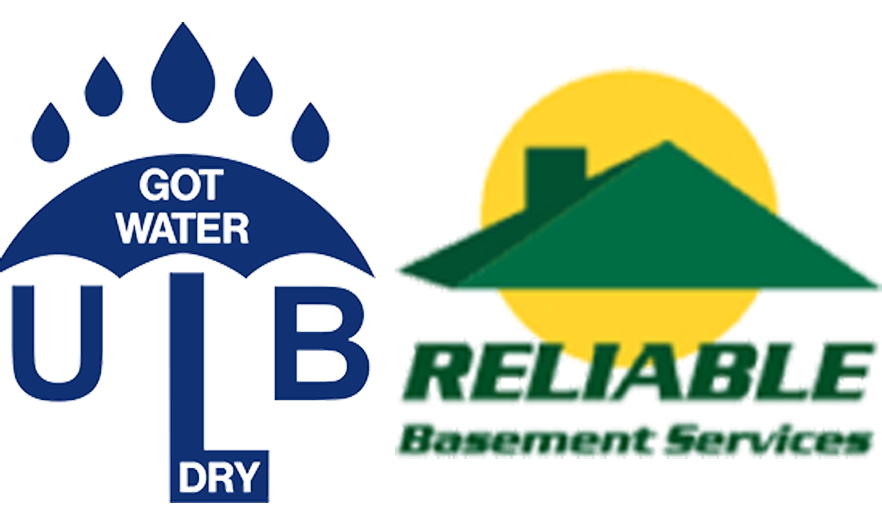
You’ve probably heard a thing or two about basement waterproofing, and you might even have a rough idea as to what it involves. However, many homeowners are clueless when it comes to the specific details.
Now, you might be wondering: what is basement waterproofing all about? We’d be glad to clear that up for you. Without further ado, here’s everything you should know about basement waterproofing in Highland Park, Illinois.
How Does Water Get into Basements?
Basements are closed off by concrete, so how do they take on water in the first place? The answer is simple: foundation cracks. These cracks form in foundations over time, and they allow water to flow right through them and into their adjoining basements.
The more cracks a foundation has, and the more severe those cracks are, the more water a basement will take on. The key here is to limit the risk of foundation cracks, and to patch these cracks up quickly after they have formed.
How to Prevent Foundation Cracks
There are a few different things you can do to prevent foundation cracks from forming. We’ll discuss the most effective options below.
Install a Sump Pump
The biggest key to preventing foundation cracks is to install a sump pump. Sump pumps keep water levels low, reducing the amount of hydrostatic pressure that is applied to the home’s foundation. In doing so, they reduce foundational deterioration, and as a result, the number of foundation cracks that are able to form.
Install Drain Tile
Drain tiles are often used in tandem with sump pumps. These tiles collect groundwater before it comes into contact with the home’s foundation, filtering it away from the home so that it’s not allowed to pool around the foundation.
Grade Your Yard
If there’s a substantial amount of groundwater pooling around your foundation, odds are, the slope of your yard is to blame. If your home is built at the bottom of a hill, all of the groundwater will seep directly toward your home’s foundation. This will create tremendous hydrostatic pressure, resulting in foundation cracks.
The solution? You can grade your yard so that your home is no longer at the bottom of a hill. This is a drastic (and expensive!) measure, but it’s sometimes needed.
Fixing Foundation Cracks
There are two general ways to fix foundation cracks. One of these is a short-term option, while the other is a long-term option. We’ll discuss them both in detail below.
Foundation Crack Repair
The most effective way to fix foundation cracks is to address them head on, which can be done with foundation crack repair. This is a form of repair wherein a patching substance is injected into the affected crack. The substance fills up the entirety of the crack, dries, and effectively seals the foundation.
Foundation crack repair can be used on both the interior and exterior of a foundation. Unless you’re extremely handy, it’s best handled by a professional basement waterproofing company.
Waterproofing Membrane Installation
Installing a basement waterproofing membrane won’t actually fix foundation cracks. What it will do, however, is delay the need to fix existing cracks.
These membranes will block the inward flow of water for approximately a decade. This makes them a suitable short-term option for “fixing” foundation cracks.
In Need of Basement Waterproofing in Highland Park?
Now that you know the specifics of basement waterproofing, you might be in need of basement waterproofing services in Highland Park, Illinois. If so, and if you’re searching for a Highland Park basement waterproofing company, then you’ve come to the right place — ULB-Dry Waterproofing is here to help.
We’ve waterproofed countless basements throughout the Highland Park area. Regardless of your waterproofing needs, our team can help.
Contact us today to get started!





